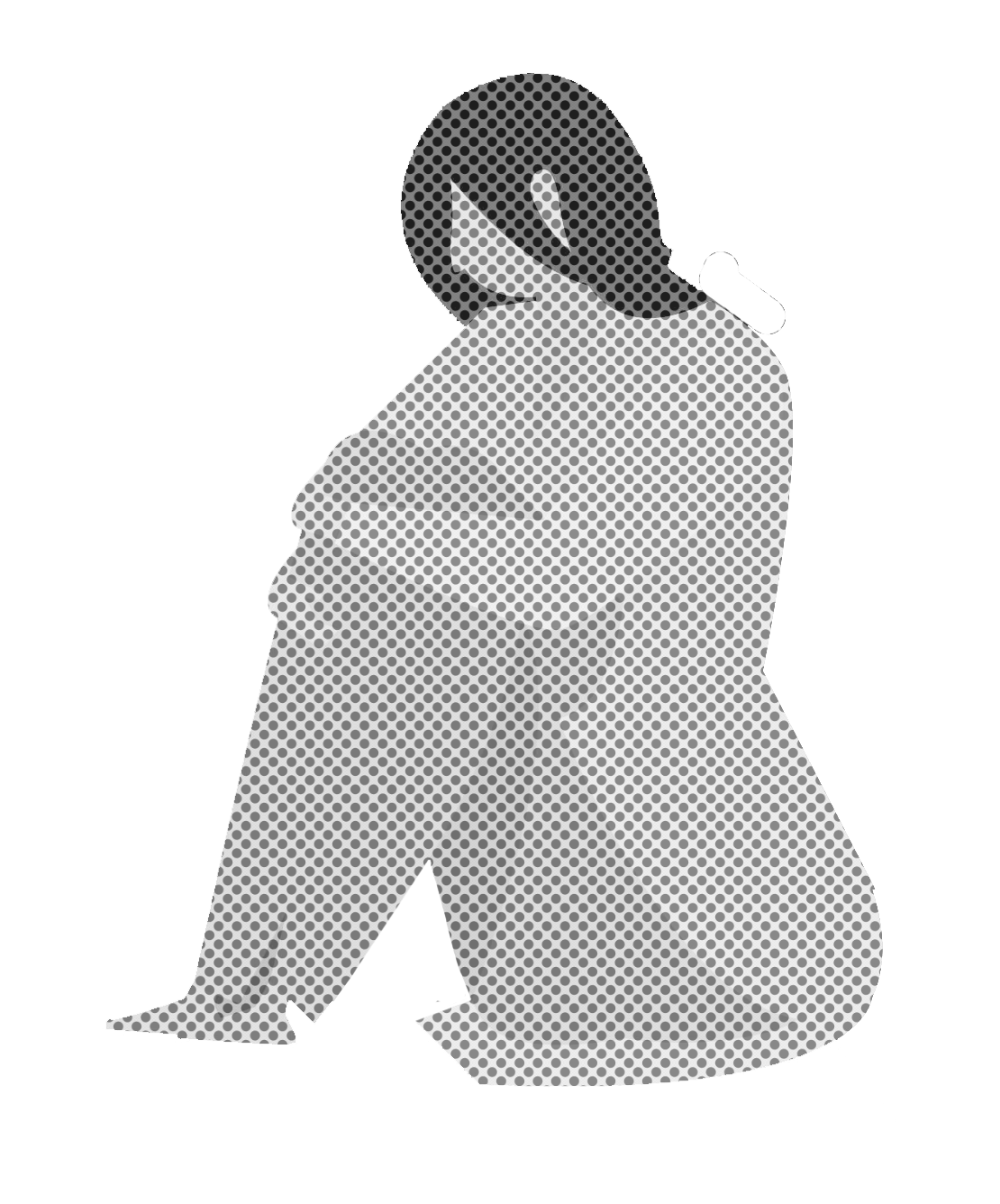Gendered Jailing
“A Choice of Evils” to Protect Women
The jailing of women presents a vexing problem that persists until today: what is to be done with women who are seen as defying societal gender norms, whether members of the working class who become drug smugglers or political prisoners involved in protests and rioting? For the latter, Thapar-Bjorkert explains that the colonial administration was unsure of what to do with women agitators as they were the ‘weaker,’ ‘fairer’ sex, and was reluctant to arrest them, but fearful that such hesitation would enable further empowerment of their movement. For the former group, Sen’s examination of prison documents uncovers an anxious preoccupation among reform administrators to ensure the complete segregation of men and women in jail as the pivotal solution.

“The threat of imprisonment has long been used to quell dissent in the subcontinent, and women have been no exception to politically motivated arrests across colonial and postcolonial periods.”
– Author Radha Shah
Women’s prisons were imagined as spaces that would prevent and provide correctives for what were seen as particular forms of female criminality and signs of their fall from womanhood. But reform initiatives always circled back to the need for segregation from men.
Ideological underpinnings about women needing protection due to a child-like impressionability to bad influence allowed jail administrators to view them as a unique imperial opportunity for gendered civilisational reform.
Author’s Voice-Notes
00:01
--|--

Stories of Incarceration
Jail as a Hostel Stay
Zahra’s arrest came at the time when the MQM had to denounce its affiliation with Altaf Hussain, who made inflammatory statements, condemning Pakistan as a hotbed of terrorism and claiming Mohajirs would have been better off choosing to remain in India. Zahra was accused of being at the rally where his speech was broadcast.
00:01
--|--
Little Access to the Law
Farzana described turning to religion out of sheer terror. At the same time, echoing the disciplinary rhetoric of jail, it was here that she was astonished to meet people for the first time who did not seem to know how to prepare themselves properly for prayer. Farzana betrays the way in which religion is appropriated to reproduce moral order among prisoners and in daily prison life.
00:01
--|--
Women's Prison Statistics
Prison Population Trend (Women Prisoners)
0
*
as of Nov 2023 statistics
Status-wise Breakdown
Punjab
0
as of Nov 2023 statistics
Sindh
0
as of Nov 2023 statistics
KPK
0
as of Nov 2023 statistics
Balochistan
0
as of Nov 2023 statistics
AJK
0
as of Nov 2023 statistics
TOTAL JAILS
0
PRISONERS
0
as of Nov 2023 statistics
UNDER-TRIAL PERCENTAGE
0
%
Key Findings:
- There are 3 specialized women jails; i.e., 2 in Sindh, 1 in Punjab.
- 78% of women prisoners remain under trial (as of Nov, 2023).
- Compared to men, women prisoners face more difficulty accessing healthcare
- No women jails in KP and Balochistan
- Compared to male prisoners, no earning opportunities for women in Balochistan jails.
- Approx. 27% women are placed in jails away from their home districts
Upon Entering the Prison
“As we arrived at the female barracks, there was a message hand-painted on one of the walls in Urdu, emphasising the importance of 'purdah' (veil) and 'haya' (modesty) for women.”
- Independent study by an HR organisation
Zahra witnessed a woman being beaten. On the day of her arrival, she was beaten and, on the second day, she was made to fast. Zahra asked the warden why they were beating the woman; they explained she was a thief and drug addict and was being beaten and deprived of food for refusing to sweep the floors.
- Author Radha Shah
When I asked Zahra if the children received any schooling, she said they went to a classroom and were instructed by a prisoner. When I visited the prison, I stumbled upon a young girl play-teaching a few toddlers, and the warden confidentially told me the girl was a prisoner. She couldn’t have been more than 15 years-old. They sat together in a dank, dark room and the kids were moving around a lot and screaming. From the warden’s perspective, this was an idyllic scene.
- Author Radha Shah
